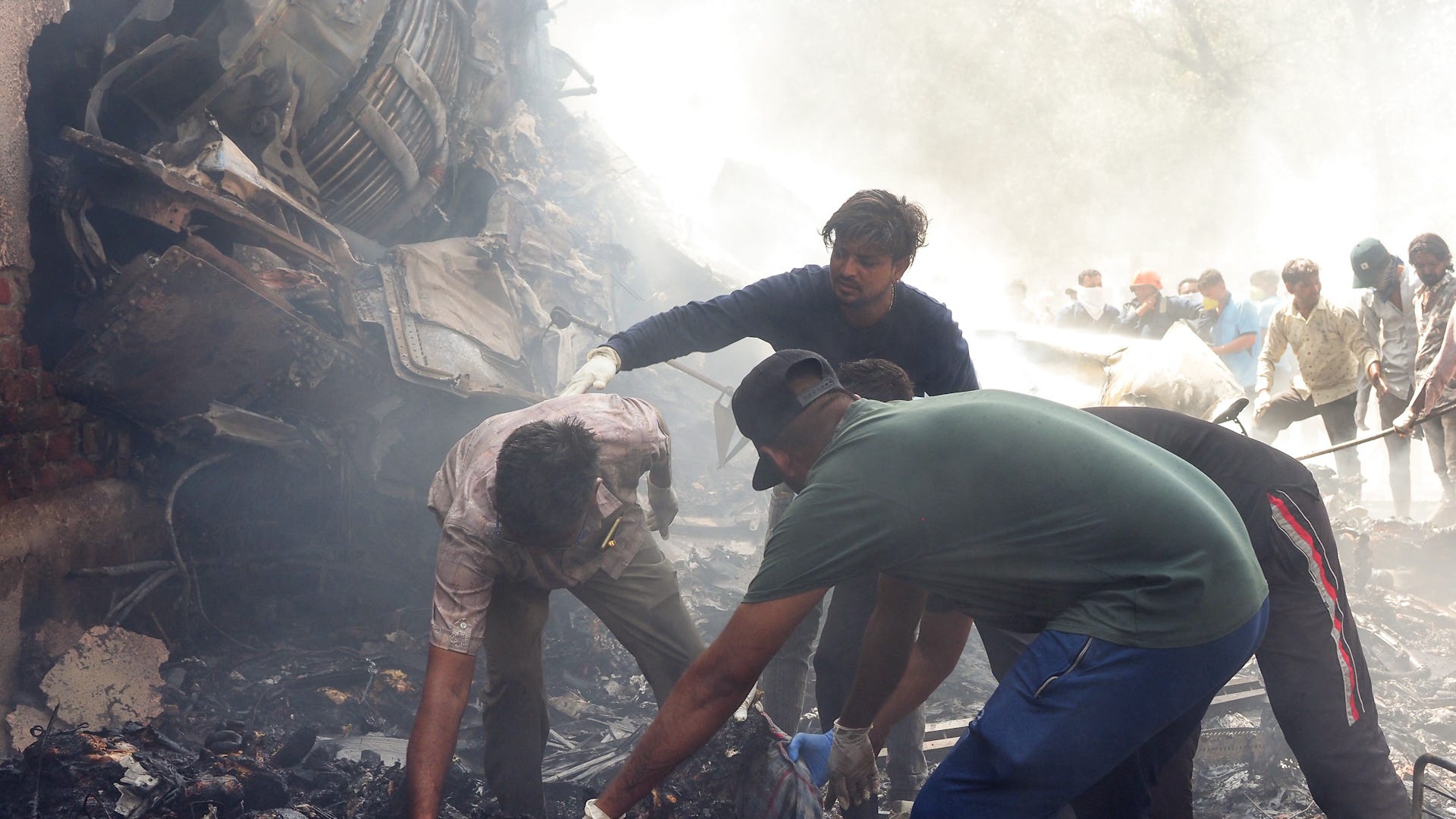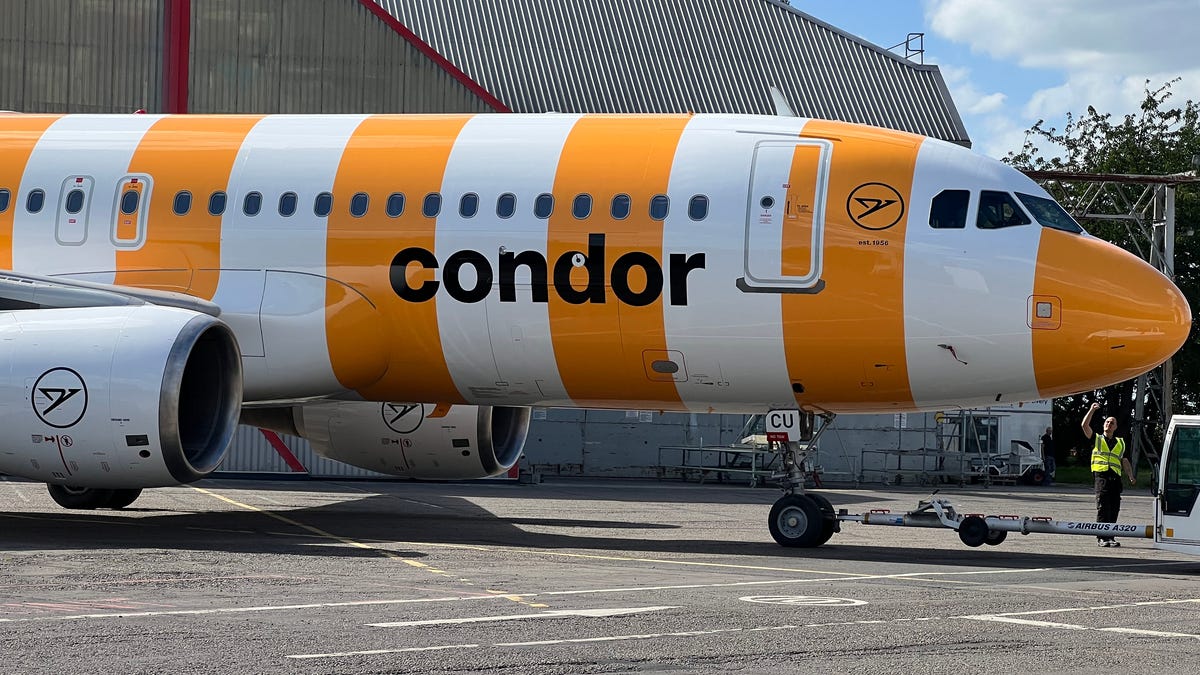
Air India plane crash video: Boeing 787-8 crashes in residential area
An Air India plane crashed with more than 240 passengers on board. Over 200 bodies have been recovered, according to city police chief G.S. Malik.
When plane crashes happen, like the tragic event in India on Thursday, people often wonder if there’s a safest seat onboard.
On Air India flight 171, the safest seat appeared to be 11A, because its occupant, Vishwash Kumar Ramesh, was the sole known survivor of the crash.
But that doesn’t mean 11A is the magic number on every flight.
While there is no “safest seat,” there is “less chance of compression of the fuselage which means more survivable space as far as damage is concerned” by the plane’s rear, according to Keith Cianfrani, an aviation safety consultant told USA TODAY.
However, airplane crashes are dynamic events, and surviving one depends on a combination of luck, external factors and the airplane’s engineering.
If a plane’s tail section sheers off, a seat closer to the front will typically be safer.
In a head-on collision, a seat closer to the rear may offer passengers the best chance for survival.
During a collision involving multiple aircraft on the ground or in the air, the best bet is to sit far away from the point of impact.
In an unpredictable, explosive decompression, when an airplane could lose a section of the fuselage, passengers farthest away from the failure point are the most likely to survive.
During uncontrolled descent into terrain or water, seats farther away from the impact point are usually the safest, but it depends on the specific crash dynamics.
In a fire incident, seats closest to the emergency exits may be best because they provide the fastest escape route, but it also depends on the exact location of the fire’s ignition onboard.
That is to say, travelers can’t plan for a “safe seat” without knowing how the plane will crash.








